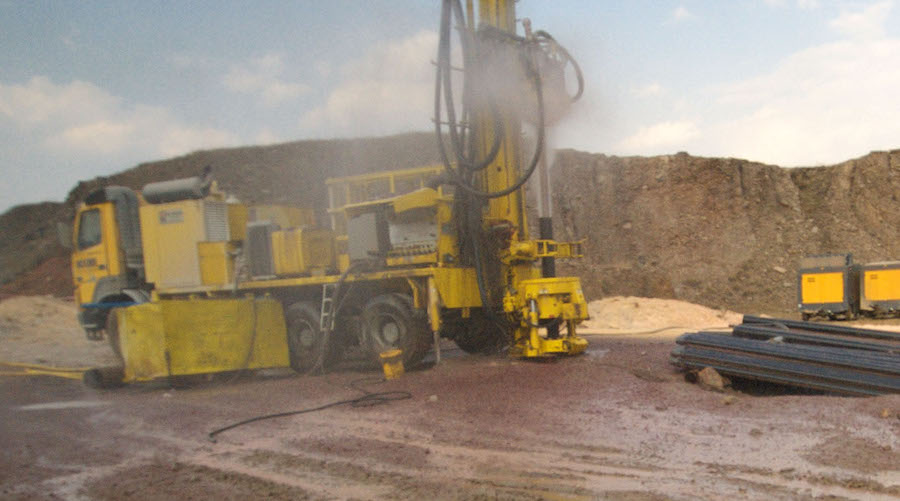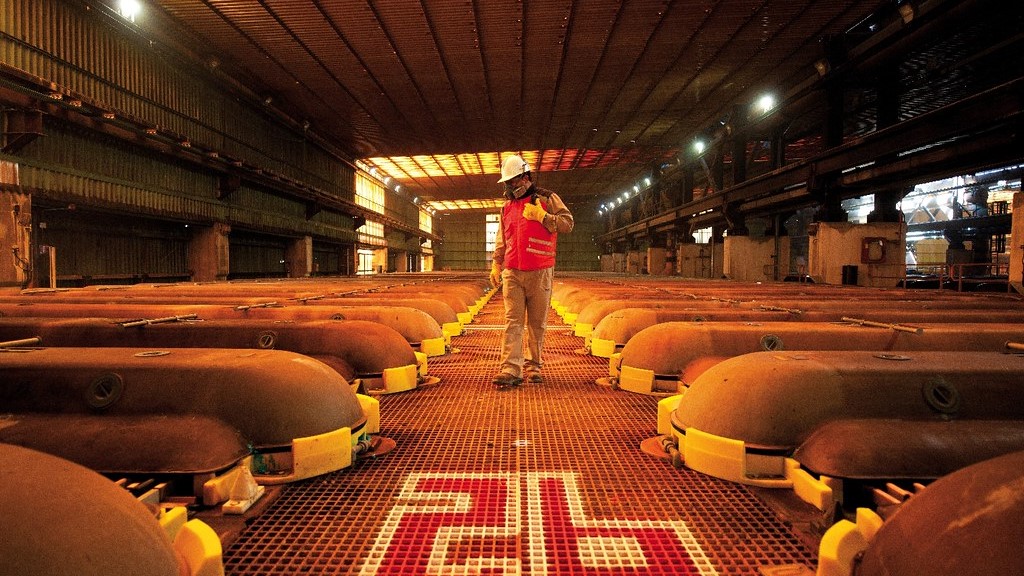Glencore’s Congo tragedy highlights security conundrum for miners

The deaths of 43 illegal miners at a Glencore facility in Congo last week highlighted a growing challenge for miningcompanies struggling to secure sites from small-scale prospectors digging for cobalt, copper and other minerals.
Many mines span hundreds of square kilometers across rural terrains, a tantalizing prospect for illegal miners, also known as artisanal miners, who break into sites in search of metals, some of which end up in electric cars and other products.
But even as last Thursday’s tragedy ratcheted up pressure on companies to make changes to security and community outreach, industry consultants and analysts say the task will be difficult given the geographic constraints and economic challenges faced by the world’s estimated 40 million artisanal miners.
“If people do not have work or an industry, they rely on this activity,” said Patrick Hickey, a mining industry consultant who has worked at mines across Africa.
“Where you can fence off the mine site, you do. Where you can’t, you try to use security. But it is difficult.”
“Security is not a highly-paid profession, so if you can get kickbacks from turning a blind eye, it can make you money”
Nicholas Garrett, RCS Global
Thursday’s tragedy occurred in Democratic Republic of Congo’s Kamoto Copper Company (KCC) concession, which spans kilometers of flat terrain on the outskirts of Kolwezi in the southern part of the country. The mine is operated by Kamoto Copper Company (KCC), a joint venture between Glencore-controlled Katanga Mining Ltd and the state-owned Gecamines.
Only part of the perimeter, which abuts densely-populated residential areas, is protected by fencing, giving the local population easy access. Young men can often be seen just outside the mine carrying shovels and sacks brimming with freshly-mined ore to nearby trading depots dominated by Chinese buyers.
Private contractors provide most of the security, but activists say they are often ineffective and easily bought off by the miners in exchange for ignoring trespassers.
About 2,000 illegal miners regularly access the site, Glencore said.
Congo’s military plans to deploy troops to the KCC site, as it did in late June when it sent hundreds of soldiers to protect the Tenke copper and cobalt mine, which is owned by China Molybdenum Co Ltd.
“Security is not a highly-paid profession, so if you can get kickbacks from turning a blind eye, it can make you money,” said Nicholas Garrett of RCS Global, a consultancy which audits mining supply chains.
In South Africa, there are an estimated 30,000 illegal miners providing one of the biggest sources of illicit gold on the continent, with an output of around 14 billion rand ($994.4 million) per year, according to ENACT, which conducts research into transnational organized crime.
The illegal miners are known in Zulu as “zama-zamas,” which loosely translates as “those who try to get something from nothing.”
Sibanye-Stillwater, which spent millions upgrading its security infrastructure, found almost 1,400 zama-zamas in its Cooke gold mine during a 2017 security sweep.
“We have been continually arresting and trying to control access to the mines, but it’s been difficult,” said Sibanye-Stillwater spokesman James Wellsted.
Concessions
Governments and industry have been setting aside concessions for artisanal mining, but there are not nearly enough of those concessions to employ all the artisanal miners, many of whom continue to target larger deposits.
Miners operating in risky jurisdictions, as a result, employ a variety of measures – ranging from antagonistic to collaborative – to safeguard operations.
Such steps include the use of private security with military or police backgrounds; fences or other physical structures; regular border patrols; and even allowing artisanal miners access to certain areas of their operations, according to presentations from Barrick Gold Corp, Freeport-McMoRan Inc, Kinross Gold Corp and Newmont Goldcorp Corp .
Even still, artisanal miners slip through surveillance. In 2013, two were killed at Barrick’s Porgera mine in Papua New Guinea in a confrontation with police after a large crowd of illegal miners gathered at the mine, Barrick said at the time.
A spokeswoman for Barrick declined to comment on the company’s latest security measures.
‘Short-term solution’
Delphin Monga, provincial secretary of the UCDT union, which represents KCC employees, said police fired teargas a few months ago to try to chase off the diggers, but it was only a temporary deterrence.
Asked whether deploying the army would be an effective deterrent, Monga said: “Maybe as a short-term solution. But the dissuasive measures taken by the police and army do not intimidate the diggers.”
Some human rights activists say that armed responses to artisanal miners only exacerbate tensions with locals and ignore the underlying problems, which include the failure of large-scale mines to meaningfully contribute to development gains for the impoverished communities.
Artisanal miners “are the world’s hidden suppliers, and they’re working in horrible conditions,” said Karen Hayes of Pact, an NGO working across Africa to bolster supply chain transparency. “We already buy their minerals, whether we recognize it or not.”
In South America, Fura Gems Inc says securing all of its rural land in Colombia would be virtually impossible, so the emerald miner allows access in some areas, though it has promised to close a network of illegal tunnels.
“A mining company can’t do the job police do,” said Luis Rivera, an executive with Gold Fields Ltd and president of the Institute of Mining Engineers of Peru.
($1 = 14.0787 rand)
(By Julia Symmes Cobb, Tanisha Heiberg, Ed McAllister, Aaron Ross, Nichola Saminather, Ernest Scheyder and Mitra Taj; Editing by Paul Simao)
More News
Chile to cut 2025 copper price forecast, WSJ reports
The Chilean government will cut the estimated average price to $3.90 to $4 a pound from a current projection of $4.25.
April 06, 2025 | 10:49 am
Breakthrough Cu-Ta-Li alloy could transform aerospace, defense applications, researchers say
US Army Research Laboratory developed nanostructured copper alloy with exceptional thermal stability and mechanical strength.
April 04, 2025 | 04:17 pm
{{ commodity.name }}
{{ post.title }}
{{ post.excerpt }}
{{ post.date }}



Comments